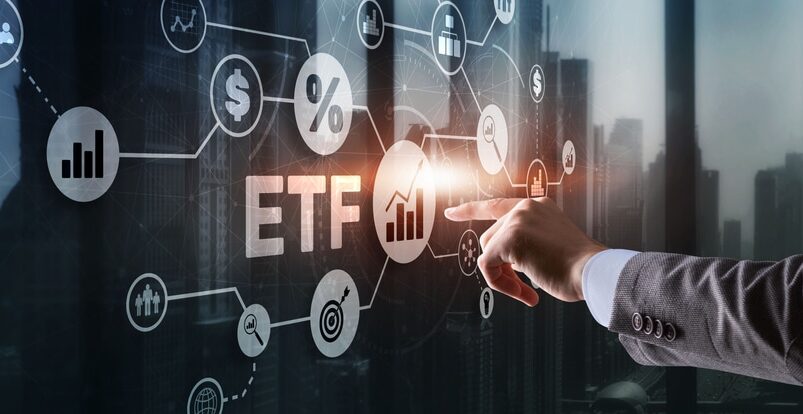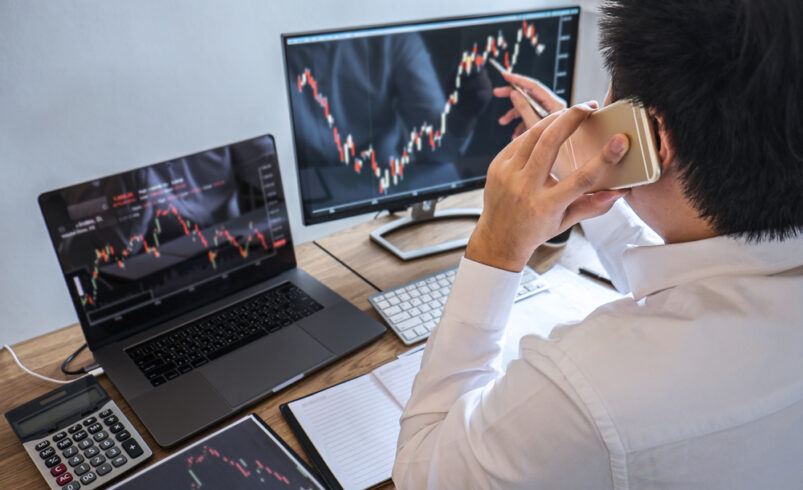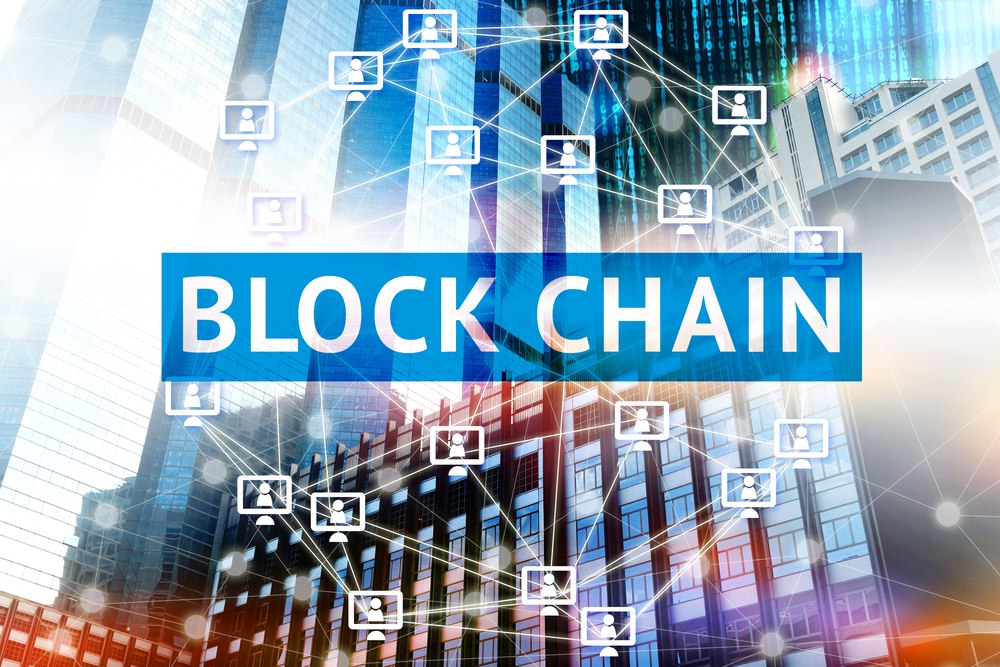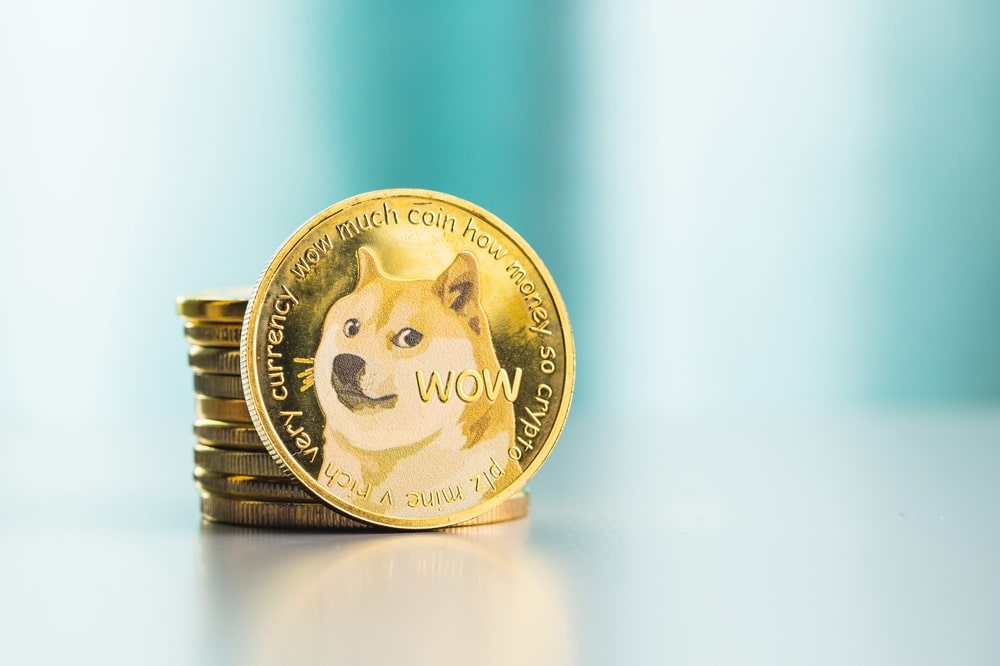How to Convert Your Physical Artworks into NFT
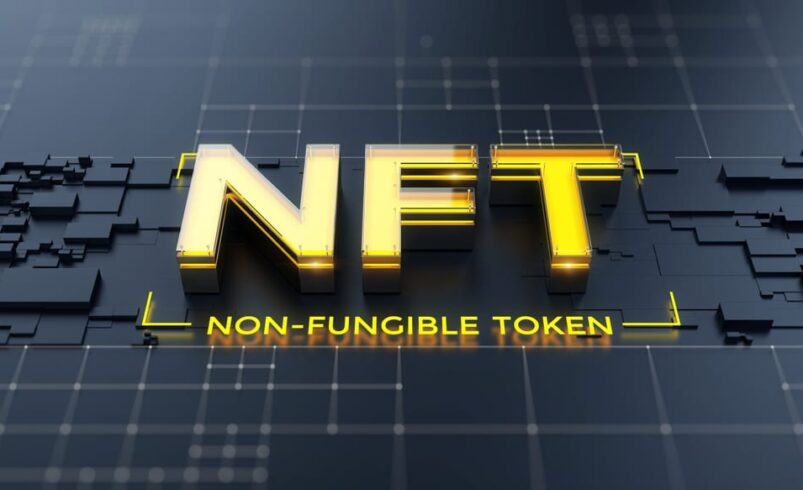
Producing art in the form of Non-Fungible Tokens (NFTs) offers artists not only financial prospects but also a pathway to interact with an international audience interested in art. This guide elucidates the intricacies of converting traditional artworks into this digital, blockchain-secured format.
In art, NFTs stand as digitally authenticated masterpieces sold as unique tokens. They have transformed the art sector using blockchain technology to show and establish ownership. Transitioning from physical to digital art involves creating distinct digital versions, thus entering the NFT realm.
The rise of non-fungible tokens has generated an unprecedented market for digital art, giving artists a platform to generate revenue from their creations in previously unavailable ways. This method provides a secure and transparent channel where each digital piece is isolated in its unique sphere.
Though NFTs have commonalities with other cryptocurrencies, they adhere to specialized protocols and have carved out a critical niche within the broader cryptocurrency framework. For those intrigued by the idea of converting their valued art or photographs into sought-after NFTs, it is advisable first to understand the underlying principles of NFT art.
Clarifying NFTs
Distinct from conventional cryptocurrencies like Bitcoin, Non-Fungible Tokens (NFTs) are unique digital assets securely logged on a blockchain—a decentralized digital ledger. The blockchain records ownership and transactional information, separating NFTs as they represent a specific content or item.
The significance of NFTs in the art world arises from their capacity to verify and confirm ownership of digital creative works, whether visual art, music, or other artistic endeavors. The acquisition of an NFT entails receiving a unique digital token that attests to ownership of a specific creative work.
While they are most commonly traded in art-specific marketplaces via cryptocurrencies, NFTs are not confined to art. They can represent a range of unique digital assets, expanding their applicability.
Exploring the Concept of Crypto Art
Art developed through blockchain technology, known variably as crypto art or digital art, is digitally native but uniquely identifiable due to its blockchain backbone. This category spans various artistic expressions, from digital illustrations and animations to virtual reality experiences.
Artists commonly utilize specialized software such as Adobe Photoshop for digital painting or Blender for 3D modeling to create such pieces. Once the artwork is complete, it can be displayed digitally, including screens, projectors, or NFT-compatible frames.
One aspect where blockchain art differs from traditional art is in the financial avenues it opens for artists. By listing their creations as NFTs, artists can obtain royalties during subsequent resales, a feature largely absent in the traditional art scene. Additionally, the nature of blockchain technology allows for a global distribution, offering artists an expanded audience through digital channels.
Guidance on Converting Art to NFTs
Turning an artistic creation into an NFT involves several steps, each relatively straightforward:
Choose Your Medium: The first consideration is the medium that best complements your creative skillset—graphic design, 3D modeling, or animation. This decision holds importance since NFTs can encapsulate various digital forms, including images and audio clips.
Create the Artwork: Use relevant software tools to bring your creative idea. The choice of software will depend on the medium you’ve selected—Adobe Illustrator or Photoshop for graphic design and Blender or Cinema 4D for 3D modeling, for instance.
Conceptualize the NFT: Develop a unique narrative or theme for your NFT. This can be a single piece or a series, but it should hold intrinsic value and appeal to potential collectors.
Register the Artwork as an NFT: Known as ‘minting,’ this step involves listing your work on a blockchain, such as Ethereum, and generating a unique digital token corresponding to it. Once this is done, your NFT can be added to specialized marketplaces where it may be purchased.
Monetizing Non-Fungible Token Artwork
A specific sequence of steps is advisable to capitalize on the potential earnings from selling non-fungible token (NFT) art. Before engaging in this endeavor, a comprehensive analysis of the NFT market and awareness of associated risks is crucial.
Firstly, select an appropriate marketplace for NFTs. Multiple platforms, such as OpenSea, SuperRare, and Nifty Gateway, offer varying conditions and audiences. Research to ascertain which platform most aligns with your objectives and intended market.
After settling on a marketplace, establish an account and authenticate your identity. Specific platforms necessitate linking a digital wallet to your newly created account for transactional purposes.
You can upload your NFT artwork to the chosen platform upon account setup completion. Accompany the uploaded artwork with an in-depth description of any unique attributes or qualities contributing to its potential worth.
Subsequently, set an appropriate price for your NFT artwork. This involves considering prevalent market conditions and the valuation of NFTs with comparable features.
Now that your artwork is publicly listed, patience is required as you await prospective buyers. Some platforms offer promotional tools to enhance your NFT’s visibility, potentially attracting more interest.
When a buyer expresses intent to purchase, finalize the transaction by transferring the NFT ownership rights in return for the agreed-upon payment. The marketplace’s secure infrastructure generally facilitates this exchange.
Benefits of Transacting in NFT Art
The NFT art sector provides artists with multiple advantages. Firstly, it allows artists to maintain full ownership and discretion over their creative works, providing a myriad of long-term benefits, including the ability to set terms of usage.
Secondly, NFTs function as a tool to verify and assign ownership of digital art, a task often complex in a digital environment. Upon the resale of an NFT, artists can receive royalties, thereby establishing a consistent revenue stream.
Moreover, NFTs remove the need for intermediaries or traditional gatekeepers in the art world, permitting artists to market their work directly while establishing individual relationships with consumers and enhancing their professional reach.
Lastly, NFTs offer an expanded scope for artistic endeavors, permitting artists to explore novel creative avenues and produce unique works of art, which can be converted into non-fungible tokens. This developed artistic liberty fosters the development of avant-garde and inventive artistic expressions.
Final Thoughts
Entering the world of NFT art unveils prospects for artists interested in creative exploration and building a global community. In today’s digital age, the significance of NFT art has exponentially grown, affording artists a profitable channel to capitalize on their works while connecting with an extensive global audience.
By transforming their digital works into non-fungible tokens, artists retain complete control and ownership and validate their art’s originality, securing a continuous stream of royalties from future transactions. Furthermore, NFTs offer increased transparency and security, innovatively reshaping the art market and offering unprecedented opportunities for established and aspiring artists.
DISCLAIMER: It's essential to understand that the articles on this site are not meant to serve as, nor should it be construed as, advice in legal, tax, investment, financial, or any other professional context. You should only invest an amount that you are prepared to lose, and it's advisable to consult with an independent financial expert if you're uncertain. To obtain more information, kindly examine the terms of service and the assistance and support resources made available by the issuing or advertising entity. Our website is committed to delivering accurate and unbiased news, yet it's important to note that market conditions may change rapidly. Also, be aware that some (but not all) articles on our site are compensated or sponsored.



